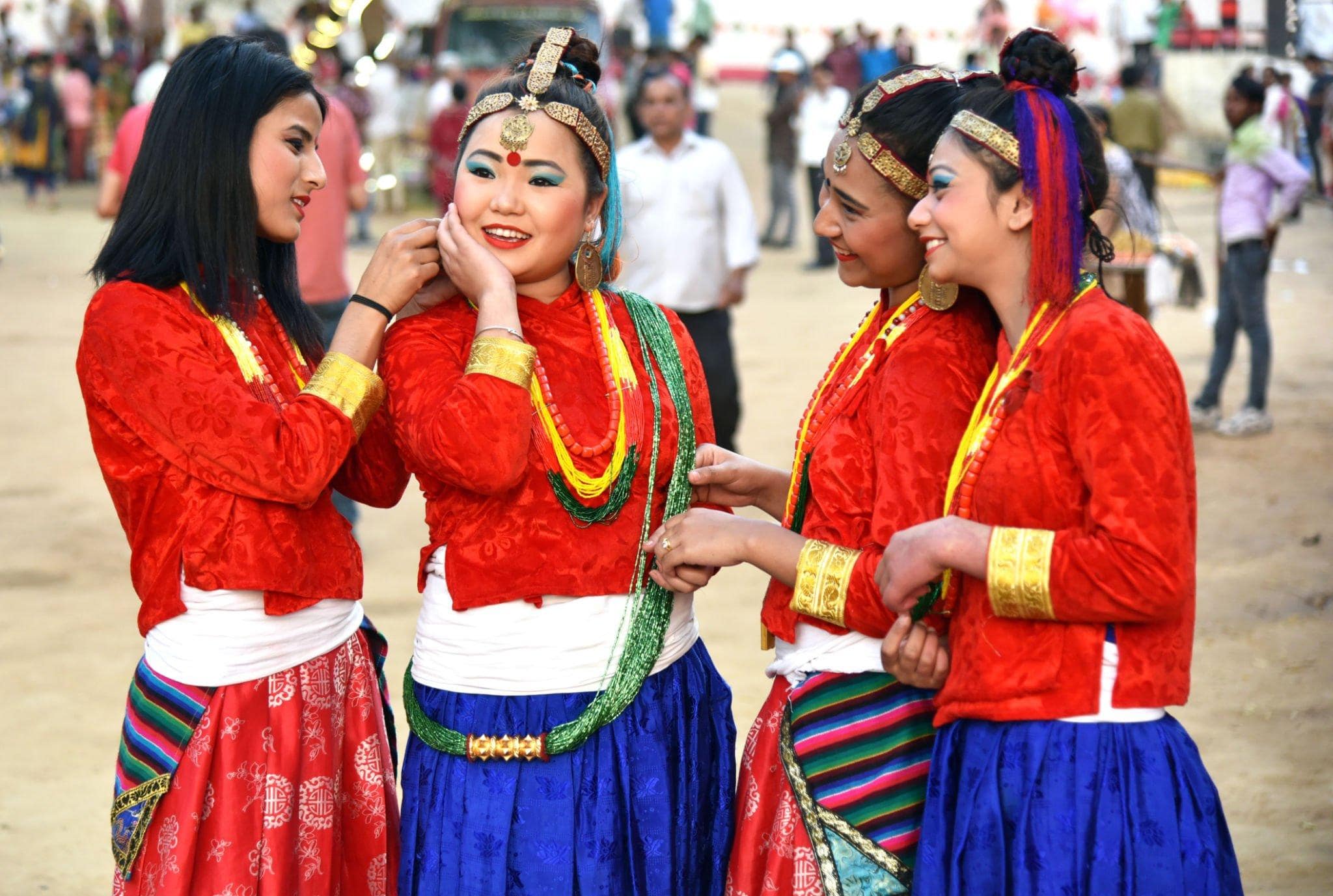Sikkim Culture and Tradational

Sikkim is renowned for its diverse cultural heritage. With many different tribes and races living in harmony, it's no wonder that this land has such unique customs and traditions - setting it
apart from any other place. On special occasions and festivals, you'll see the monks donning masks, jewels and ceremonial swords as they perform the famous mask dance to the beat of trumpets and
drums. The people of Sikkim are very welcoming and hospitable, always willing to share their culture with those who are interested. Most of the people of Sikkim follow Buddhism and go to worship
in monasteries by offering butter lamps. We can see the miscellany of religion, language and different ethnic groups in this beautiful place.
Sikkim is bordered by three countries: Nepal, Bhutan and China. As a result, the languages spoken in Sikkim are influenced by these countries. Nepali is one of the primary languages spoken in Sikkim,
while Lepcha and Sikkimese (also called Bhutia) are spoken in the north-eastern provinces. There are also many other languages spoken in Sikkim, including English, Kafle, Majhwar, Limbu, Tamang,
Yakha, Tibetan and Sherpa.
There are many different communities in Sikkim, and each community's unique style can be seen in their traditional clothing. For example, Lepcha men wear a white garment called a Thokro-Dum which
reaches down to their calves. They also wear a shirt and cap known as a Yenthatse and Shambo. Bhutia men wear similar clothing to the Lepcha, called a Bakhu. A Bakhu is basically a long robe which
is worn with a waistcoat called a Jya Jya. Sikkimese women of Lepcha descent typically wear cosy, smooth dresses which reach down to their ankles and are very loose-fitting.